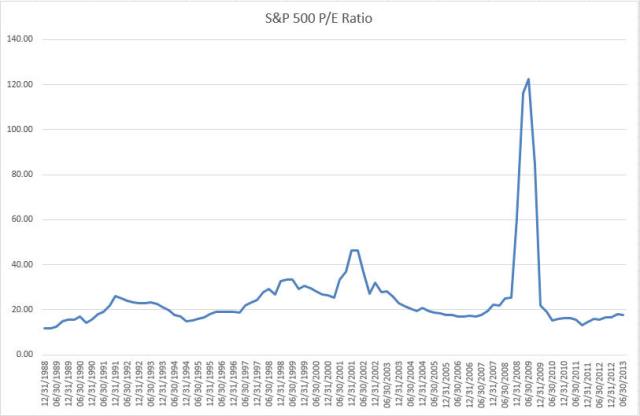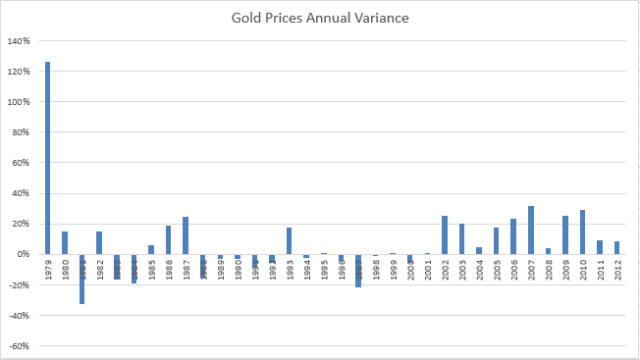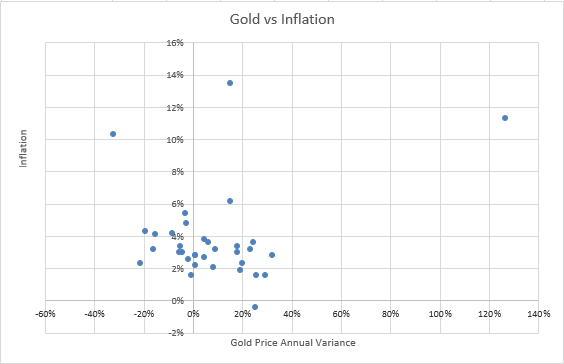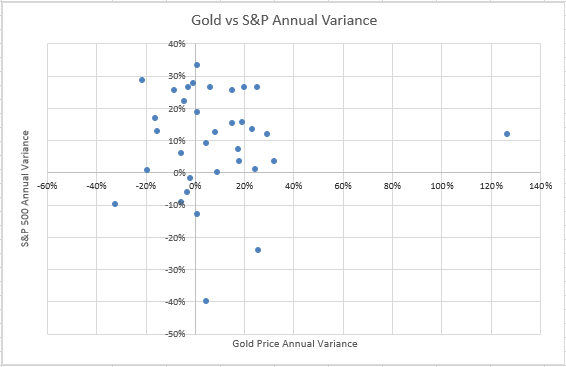Both equity and bond market have been falling in the past couple weeks. The equity and bond markets have rallied significantly for the past 8 months due to the liquidity from QE. Now, the party is about to end. What has gone up will have to come back down.
My view is the draw down on equity will be short-lived. Reason is QE will be pulled back ONLY IF the US economy has improved to a level that it can stand on its own feet. Unemployment rate will have to drop to 6.5% or below, consumer confidence has to continue to improve and housing will have to continue to heal before the punch bowl will be taken away. These will be all good for stocks in the long run. Therefore, after the short-term hot money has exited the market, the longer-term value investors will fill the gap in the equity market.
But it’ll be a completely different story for bond, especially the US treasury bonds. Thanks to the Fed, US treasury bond yield have been artificially depressed for a very long time. After QE, the bond price will revert to mean and will do it in a dramatic way. Currently the 30 year US treasury bond yield is about 3.5%. Historical average is about 6%. That’s a 250 basis point spread to revert.

In fact the 30 year treasury bond futures have been collapsing since Benanke’s speech last week. I believe this is the start of a long bear market for treasury bond and I’m going short it for the long haul.
So how do we as retail investors short bond conveniently, cheaply as well as keep the short position on for a long-period without hassle? In my view, the easiest way is to buy TBT, the ProShares UltraShort 20+ Year Treasury ETF. TBT trades in the opposite direction of the 20+ year US treasury index. When index falls, TBT rises twice as much, and like wise, when the index rises, TBT falls twice as much, calculated on a daily basis. For a normal retail investor, TBT is the most convenient trade, as compared to shorting futures or other means. Trading TBT is just like trading any other stocks or ETF. It’s convenient, low cost and can be held for the long-term, unlike futures that need to be rolled over during expiration and risks contango or backwardation issues.
However, for the experienced options trader, there is an even better way – that’s to trade a synthetic long position by using options. This is an advance option-based strategy, not recommended for those who are not experienced with options.
Synthetic long = Short Put + Long Call
Let me illustrate. Find a pair of Put / Call options with the same strike, same expiration month for TBT.
For example, as of this writing – the TBT Jan 2014, 76 Put price is $7.95 and 75 Call price is $7.425. If I short Put and long Call, I will bring in $0.525 credit per share, or $52.5 per lot. Yes, this trade won’t cost me any money. In fact, I will get some extra cash into my account. It will however, reduce my available margin.

It’s important to note the extrinsic value of the two options. As shown in the above screen shot from my ThinkorSwim platform, the extrinsic values for the Put and Call are $7.94 and $7.425 respectively. That means if I trade a short Put and long Call combo, not only will I receive cash into my account, I’ll also get a $0.515 net positive extrinsic value or in other words, I’ll start with a $0.515 profit advantage as compared to buying the TBT outright as an ETF. If TBT’s price remains unchanged when the options expire in Jan 2014, I will gain $0.515 per share.
Yes, the underlying TBT doesn’t have to increase a cent for the synthetic position to make a profit. That’s the beauty of trading synthetic stocks using options. Most of the time, the Put options come with higher implied volatilities than Call options. Hence, you get this type of “Free” profits. In this example, the gain isn’t much. But in many other cases I have traded, I can get an average of 3%-5% or even up to 20% of profit advantage relative to the stock price.
Once established, this short Put / long Call combo can be held until expiration just like buying and holding the ETF itself. Usually, a week or so before expiration, I will roll the position over to avoid being assigned the actual ETF if the Put option goes in the money. The choice of Put / Call pair depends on the net extrinsic value and usually I like to trade strike prices that offer my net positive cash.
Another great advantage of this trade is that it doesn’t take up any cash. Yes, it will reduce margin or options buying power in your account, but if you are already holding long-term stocks in your account like I do (let’s say for dividend), you will have a lot of “free” options buying power to trade with. In essence, this trade requires no capital and hence any gain you can get out of it represents an infinite yield (anything divided by zero is infinite). That’s why this is one of my favourite long-term options trade.








